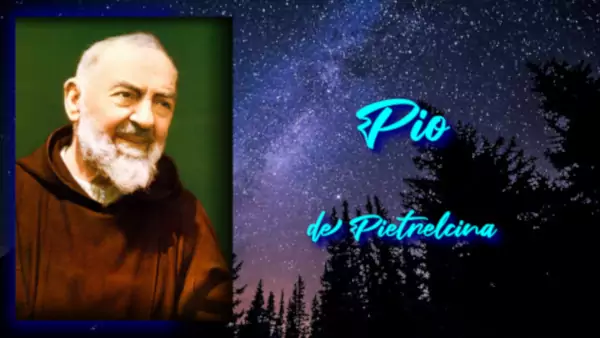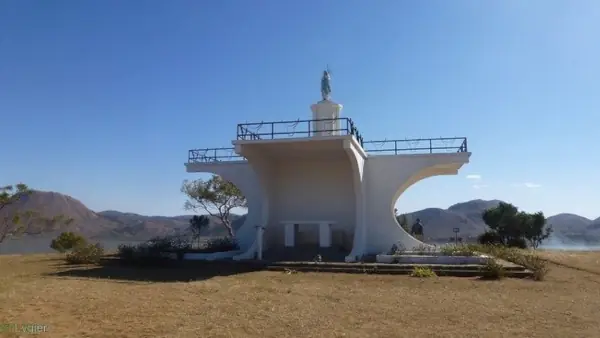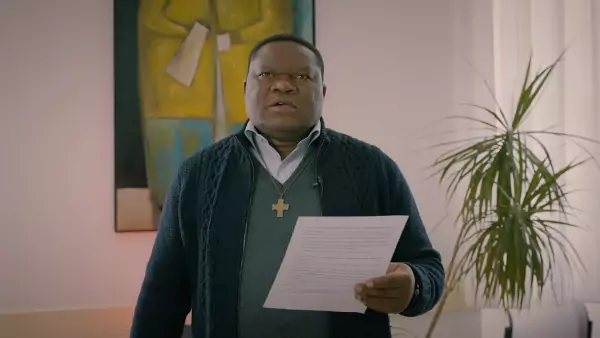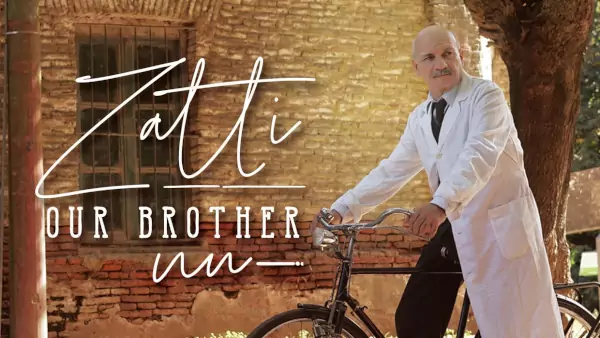23 September - Padre Pio is the name of an Italian Capuchin and priest born Francesco Forgione on 25 May 1887 in Pietrelcina in the province of Benevento, Campania, Italy. Son of Grazio "Orazio" Maria Forgione, a farmer, and Maria Giuseppa "Peppa" Di Nunzio Forgione, Francesco Forgione was baptised the day after his birth in the Church of Santa Maria degli Angeli in Pietrelcina.
He led a pious youth, during which he would have had mystical visions; at the age of five, Jesus Christ would have appeared to him. As a child, he did not want to play with children of his own age, because, according to him, they blasphemed. At the age of fifteen, he experienced his first spiritual ecstasies.
Too sickly to be a farmer like his father, his mother sees in him a future priest. Francesco joined the Order of the Capuchin Friars Minor on January 22nd 1903 in Morcone. Due to his frail health, he returned to his family and was sent to various convents. The Capuchin novice took his solemn vows on 27th January 1909. In December 1908, he received the tonsure, the minor orders and the sub-diaconate in the cathedral of Benevento. On 18 July 1909, he was ordained deacon in the convent of Morcone and took the name of Brother Pio, in homage to Pope Pius V.
He was ordained priest in the Cathedral of Benevento on 10 August 1910 and appointed to Santa Maria degli Angeli in Pietrelcina. As early as 1911, he reported to his confessor the appearance of red signs and sharp pains in his hands and feet for a year. From 4 September 1916 he was in the convent of San Giovanni Rotondo. Padre Pio woke up at dawn to read the breviary. Five visible stigmata, which were the subject of several medical reports, appeared to him on 20 September 1918.
On 5 August 1918, while confessing the young scholastics of his convent, Padre Pio manifests symptoms or signs referring to transverbration: his heart is pierced by a spiritual sting with actual bleeding. In the early days Padre Pio tries to hide the wounds, but the women who follow his spiritual direction see the wounds and spread the news. Likewise, the young people he teaches also perceive scars on Padre Pio's hands. On 9 May 1919, the first newspaper Il Giornale d'Italia speaks of Padre Pio's "miracles". The notoriety, not wanted by Padre Pio and even less by his superiors who had imposed discretion on the brothers of the convent, contributed to bringing more and more people to the monastery. He was therefore heavily criticised, not because of his condition, but because of the excesses of the faithful; he was also criticised by his hierarchy, who saw his popularity as a threat and a deviation, and forced him on 23rd May 1931 to cease all public activity, having to celebrate Mass in the interior chapel of the convent from then on. He is also said to have the gift of bilocation (simultaneous appearance in two places), in addition to particular phenomena such as hyperthermia (very high body temperature, above 48°), oredics (prolonged abstention from food or drink for more than two months), or the knowledge of languages that were foreign to him.
On 14 July 1933 the Holy Office once again authorised Padre Pio to celebrate public masses and hear confessions. On 10 January 1940 he sketched out the plans for a Casa Sollievo della Sofferenza "House for the relief of suffering". The hospital opened in 1944, but the official inauguration did not take place until 5 May 1956. At the same time, Padre Pio founded Prayer Groups to heal and relieve souls. In 1947, measures were again taken at San Giovanni Rotondo following the visit of the Father General of the Capuchin Order, who noted a certain liturgical disorder due to the excessive piety of some of the faithful. In 1947, the young Father Karol Wojtyla visited him.
In 1962, the Archbishop of Krakow, Mgr Karol Wojtyla, the future Pope John Paul II, wrote a letter in Latin to Padre Pio, asking him to pray for a mother of four children suffering from cancer, Wanda Poltawska. Padre Pio replied that he could not refuse: four days later, she would have been considered cured. It was only at the express request of Pope Paul VI, that he was again fully authorized to perform his office without restriction, starting on 30 January 1964. On 7 July 1968, Padre Pio was the victim of an attack. On 22 September 1968, he celebrates the solemn mass for the fiftieth anniversary of his stigmata, which he expresses as follows: "Fifty years of religious life, fifty years nailed to the cross, fifty years of fire devouring for you, Lord, for the beings you have redeemed". That same evening he received the Extreme Unction and died a few hours later, at 2:30 a.m. on the morning of September 23, 1968.
Padre Pio was the subject of two official investigations conducted by the authorities of the Holy See as early as 20 March 1983, which concluded that certain miracles were genuine in 1990, after having collected 73 testimonies in 104 volumes. Following the favourable opinion given on 13 June 1997 by the Congregation for the Causes of Saints, Padre Pio was declared Blessed by Pope John Paul II on 2 May 1999 in the Vatican, in the presence of more than 200,000 people. On 16 June 2002, John Paul II canonised him under the name of the Sanctus Pius of Pietrelcina (Saint Pio da Pietrelcina), while at the same time opening a procedure for official recognition of the stigmata by the Church, with bedsores detached from his stigmata when he was alive being used as relics for this purpose. His tomb thus became a high place of pilgrimage.








